Chinese electric car maker Xpeng’s City Navigation Guided Pilot (CNGP) is the world’s first inner-city autonomous driving system, advancing the technology benchmarked by Tesla’s motorway-focused Autopilot.
Using an array of exterior lidar cameras, CNGP (activated when a destination is set via the navigation system) can change lanes, overtake, merge, and even drive around stationary vehicles. It can also detect and react to traffic lights, navigate roundabouts and avoid obstructions such as pedestrians, or cyclists.
Now it is being used on the roads of China’s biggest city, Guangzhou, after being rolled out to Xpeng P5 owners earlier this year. And we got to have a go – from halfway across the world.
Self-driving Xpeng P5 virtual first ride
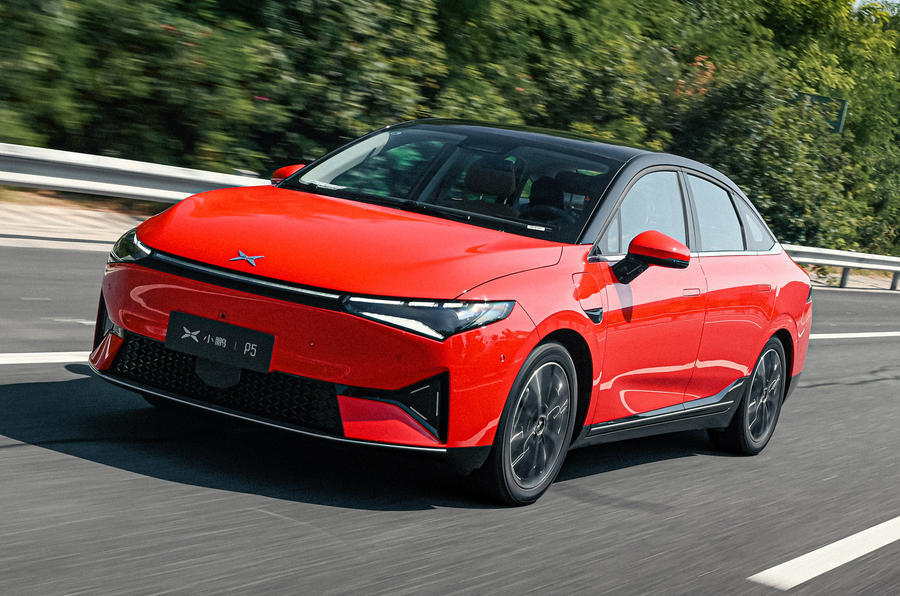
Sitting in a London office is not how Xpeng execs would have thought we’d be trying out its all-new CNGP autonomous driving tech for the first time. But with China still in the middle of a Covid lockdown, this was the only way for a Europe-based journalist to do so.
Driving through the centre of Xpeng's home city of Guangzhou (a megacity nearly five times the size of London) at just after 4pm with the rumblings of Friday rush hour approaching, half a dozen journalists were virtually ‘packed’ into the five-seat Xpeng P5. Fixed and handheld cameras, operated from within the car, streamed an all-encompassing view of the road ahead to screens internationally - a road thronged with a mix of cars, motorbikes, cyclists and pedestrians all vying to get home before the true traffic descended.
The chaos ahead had the look of something that would make even the most seasoned London driver wince. But not the CNGP. Built on Xpeng’s Tesla Autopilot-rivalling Xpilot 3.5 driver assistance platform, the system was previously designed just for motorways under the guise of NGP, but now Xpeng is rolling out its tech to include city driving too. To do this, it uses a lidar system to map out the road around it, combining real-time footage with a high-definition map on the central infotainment screen. It had the look of an advanced sat-nav, complete with meticulously positioned (but constantly shaking) vehicles, floating pedestrians and two-wheelers.
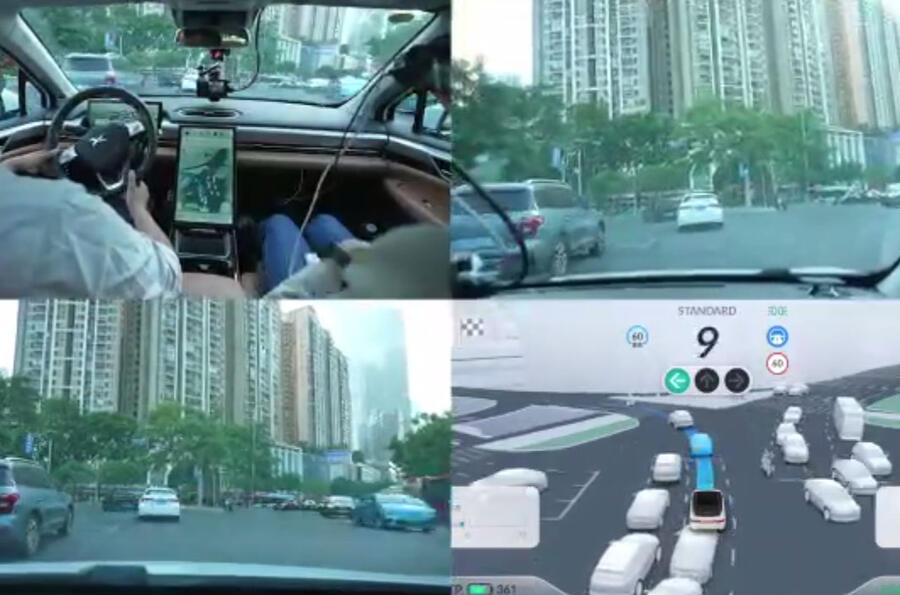
Led by two Xpeng test drivers, we were taken on a route through the sprawling metropolis – officially the largest port city in the world – crossing junctions, using side streets, and crawling in heavy traffic. Having preset our destination in the GPS – “we must know where you are going and then we can get you there,” the driver explained – the car followed what it believed to be the quickest route, which it would change based on growing traffic levels, and requiring barely any input from the driver barring the occasion lane change (a flick of the indicator is all that is required).

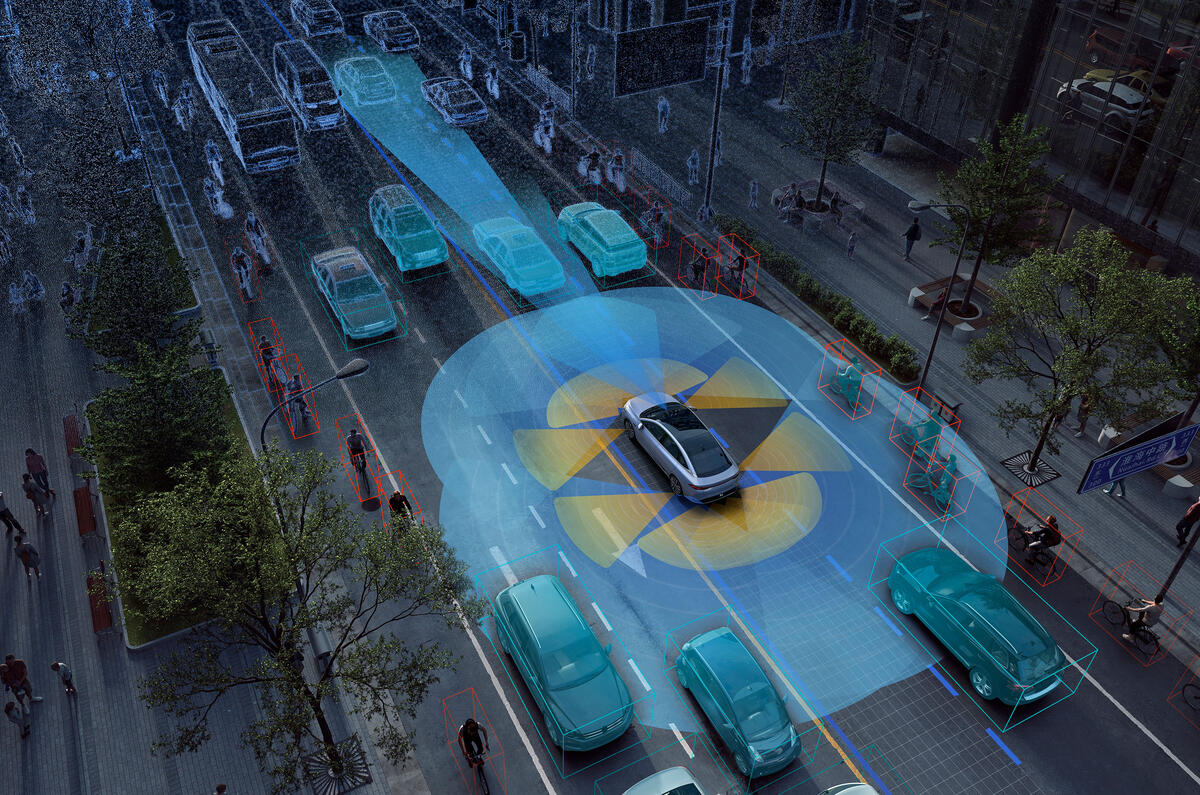

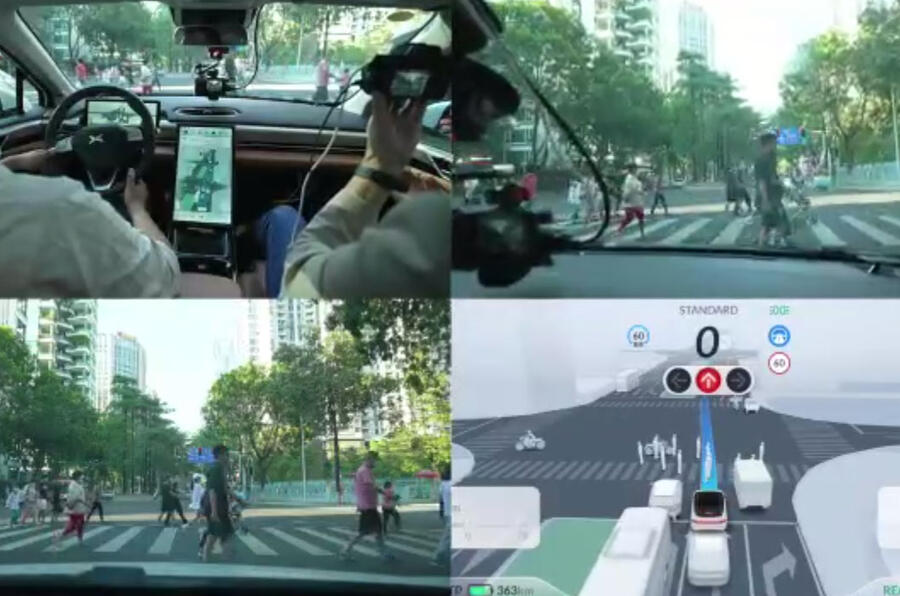
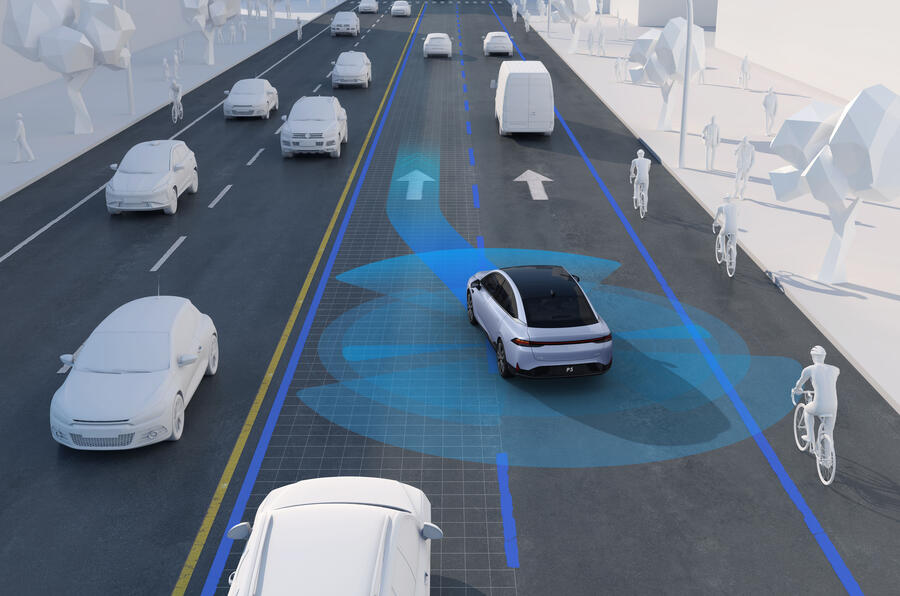





Add your comment